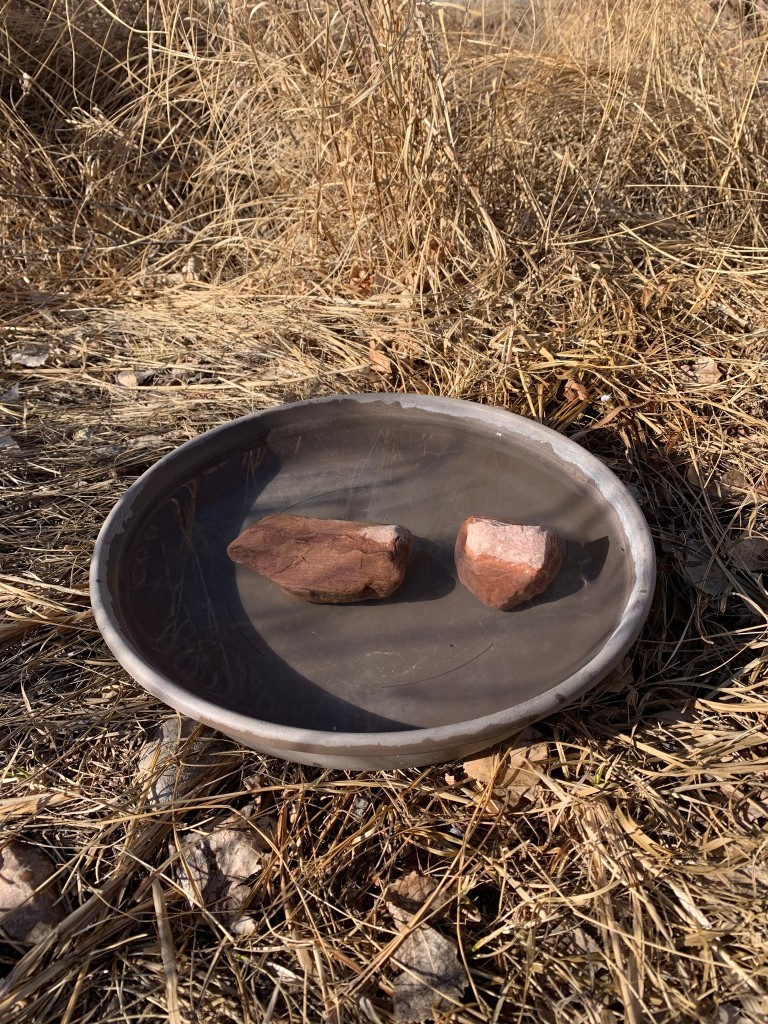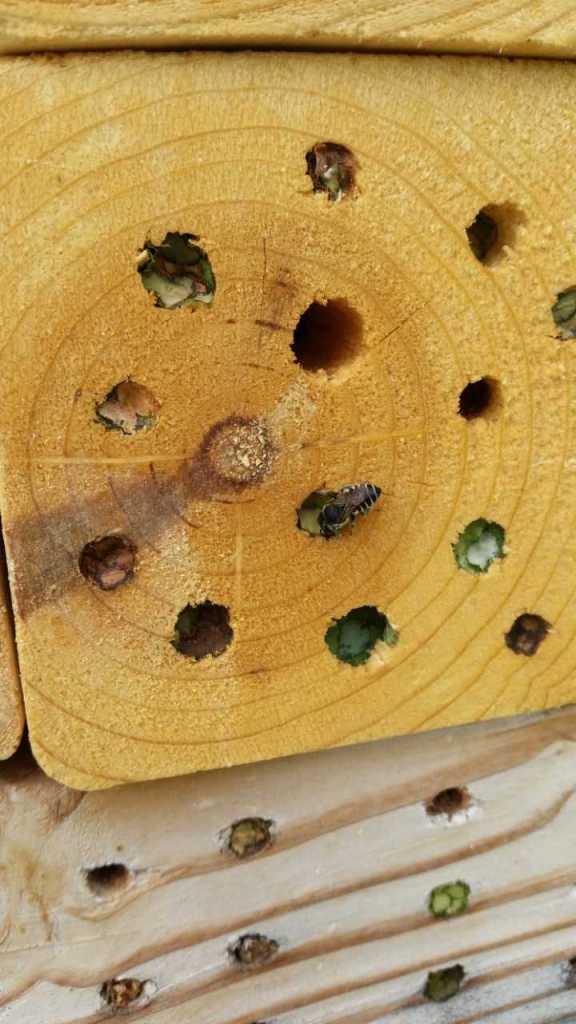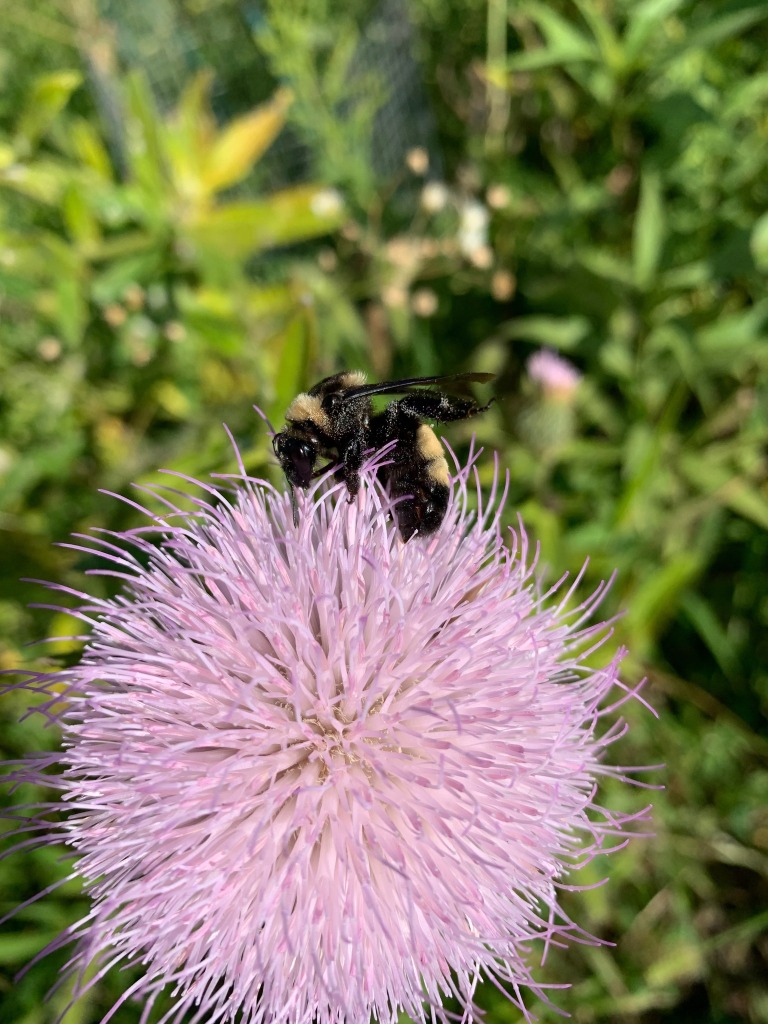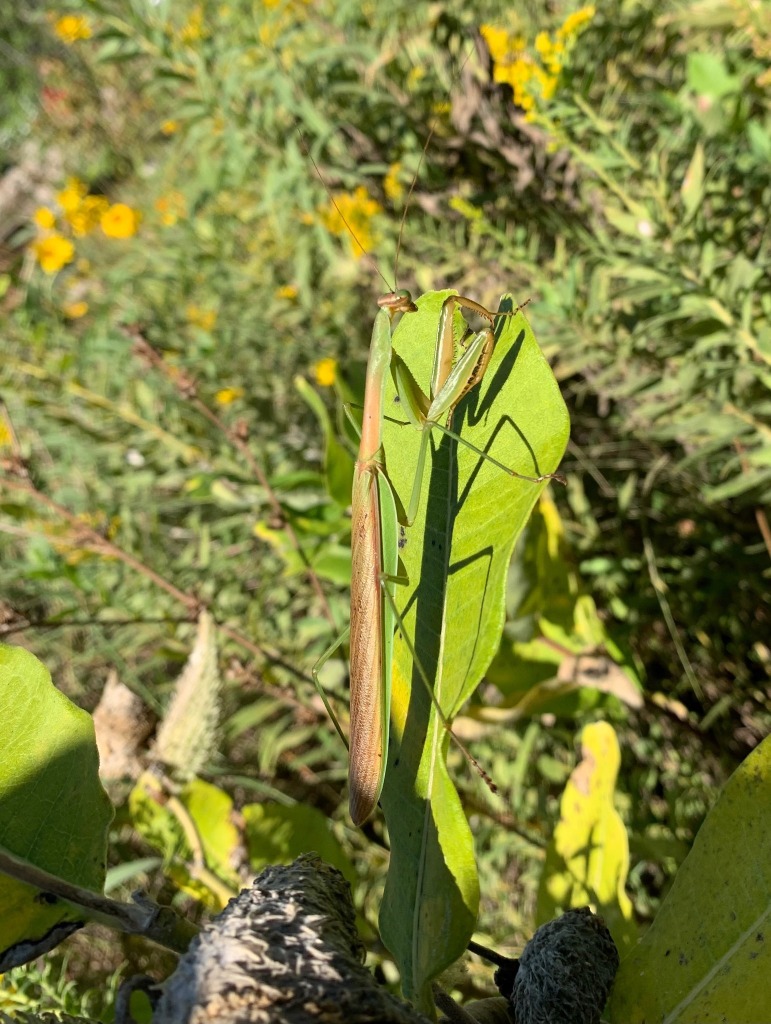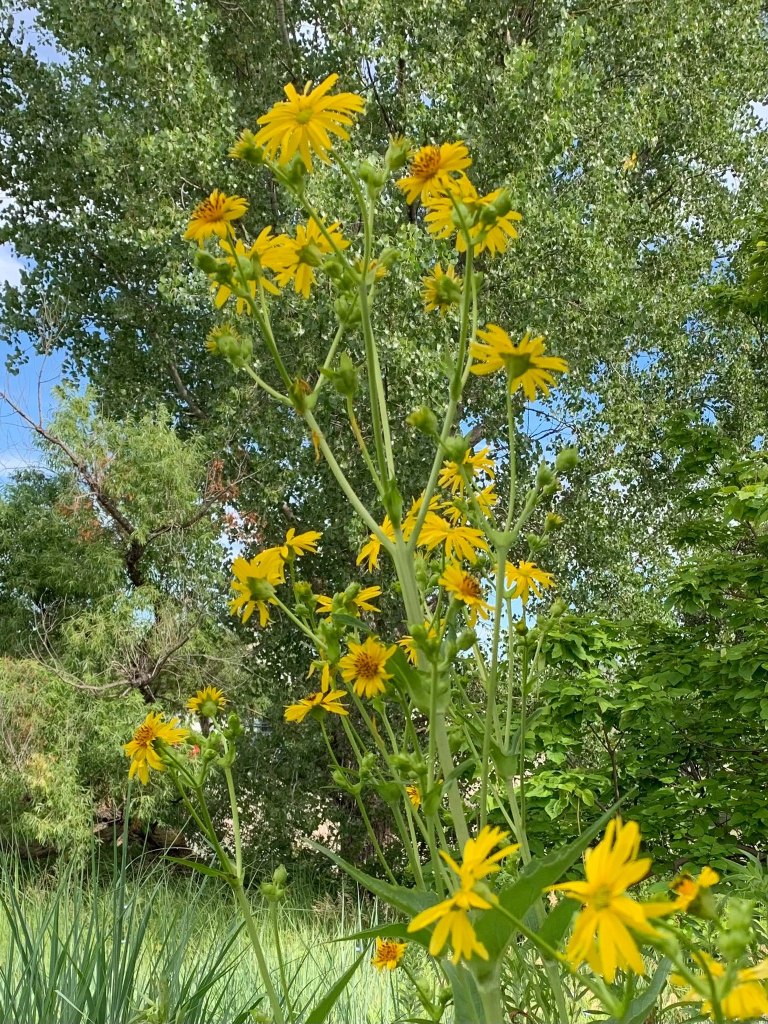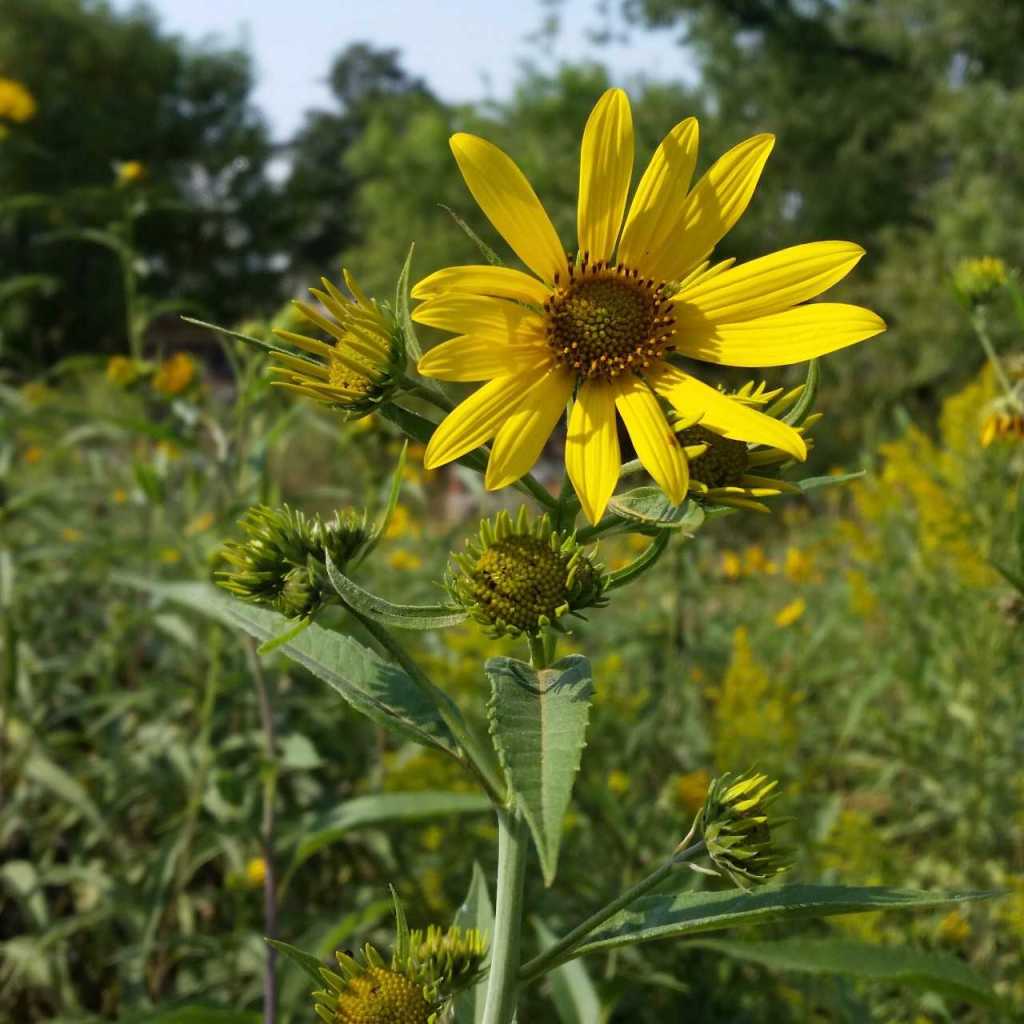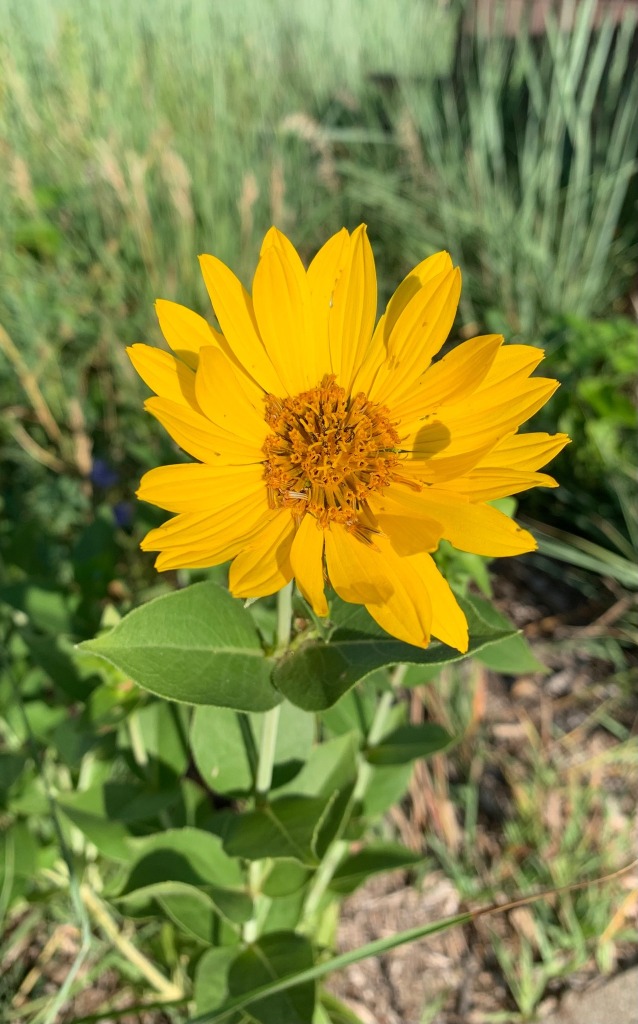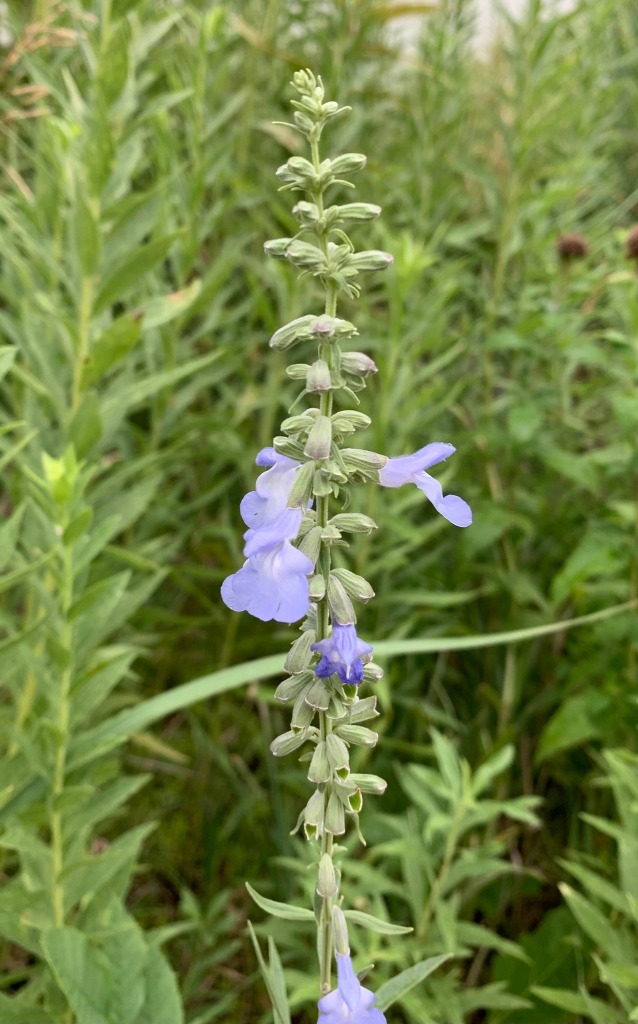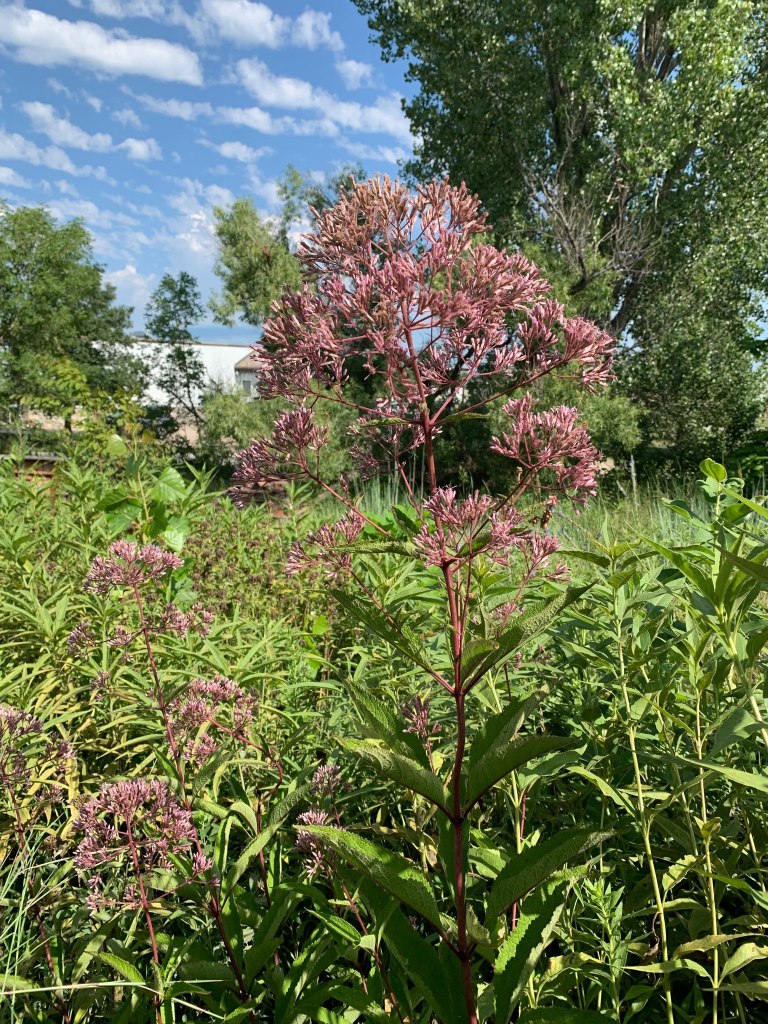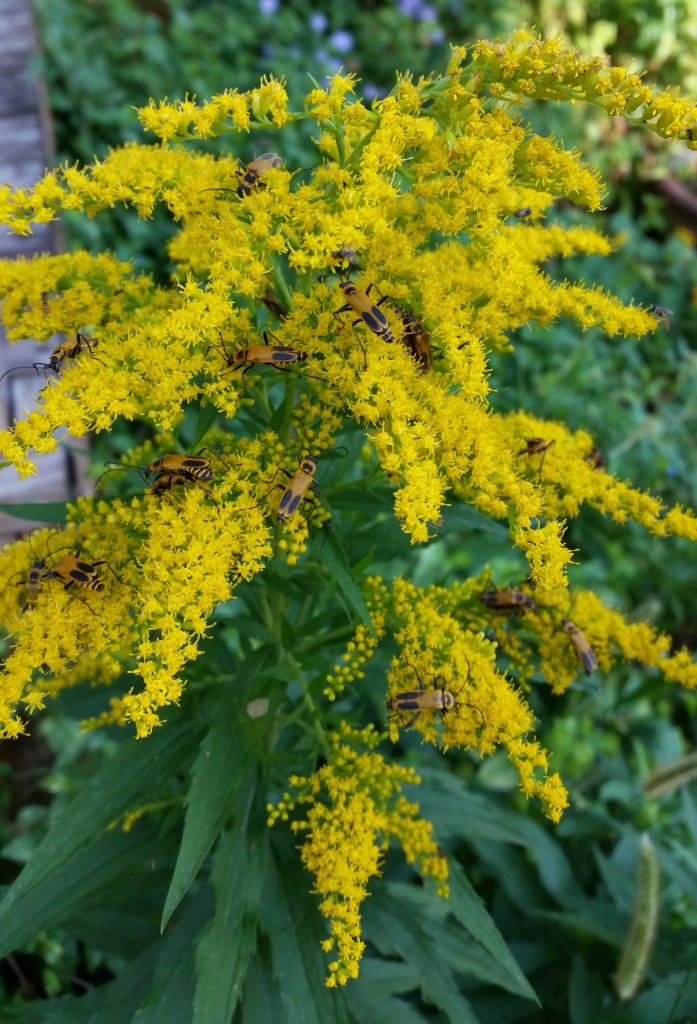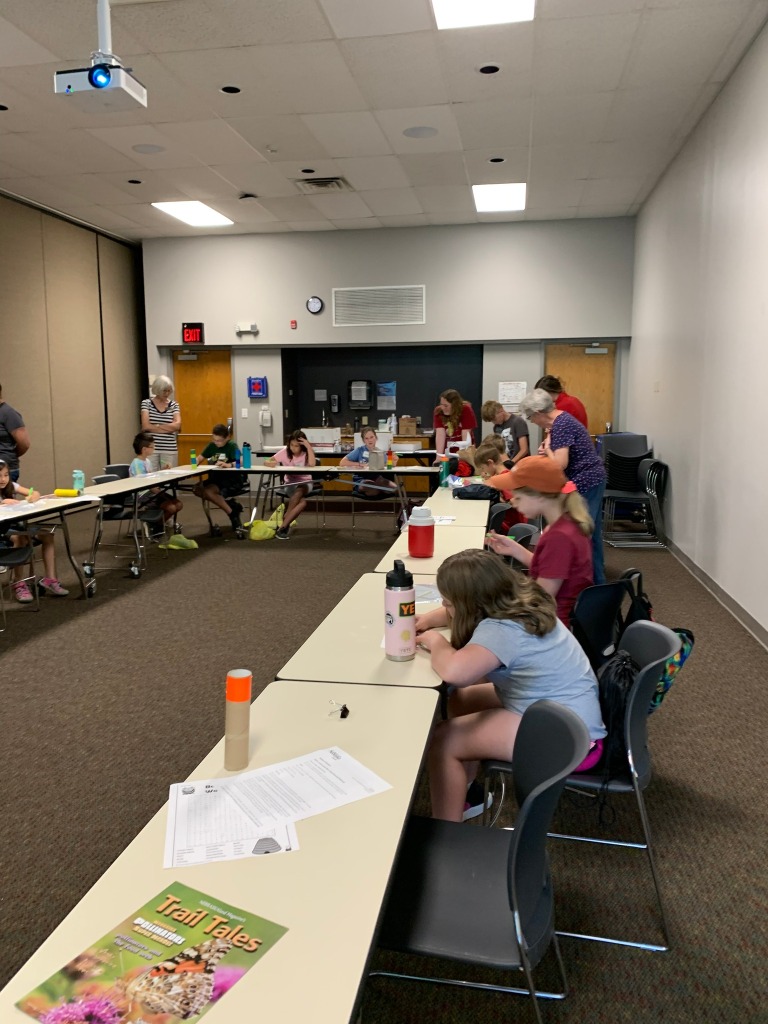Earth Day is an annual event on April 22 to demonstrate support for environmental protection. First held on April 22, 1970, it now includes a wide range of events coordinated globally by Earthday.org

Here are three things you can do to celebrate Earth Day:
Attend an Earth Day event. Lincoln Earth Day 2024 is Saturday, April 20th from 10 am to 2 pm at Nebraska Innovation Campus. Learn more here: https://lincolnearthday.org/schedule/
Find a green space to enjoy. Savor the benefits of spending time outdoors! Earth Day is during National Parks Week. Saturday, April 20, 2024 – Sunday, April 28. Explore the parks around you or plan a trip to one of our amazing national parks.
https://www.nps.gov/subjects/npscelebrates/national-park-week.htm
Set up a compost pile. Compost is used as an organic amendment to improve the physical, chemical and biological properties of the soils. For example, adding compost to garden soil will increase the moisture holding ability and improve the drainage and aeration of clay soils. Over time, compost will create desirable soil structure making the soil easier to work. If you would like to learn more about composting, consider attending a Nebraska Extension Master Gardener composting demonstration. Dates and times are listed here: https://events.unl.edu/lancaster/search/?q=compost
Mary Jane Frogge


